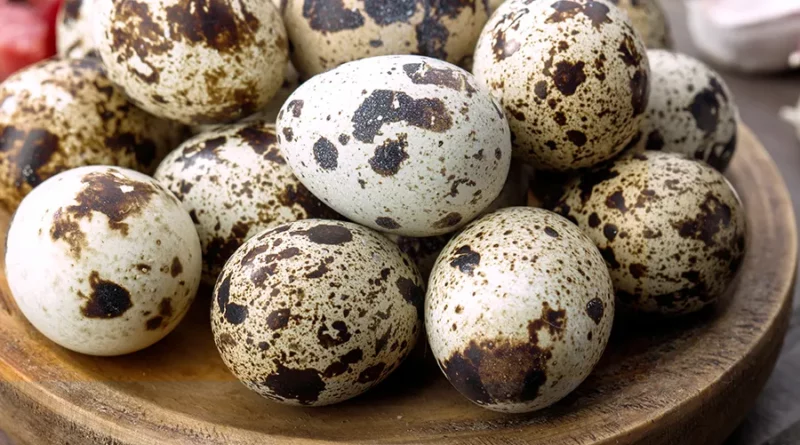Exploring the Intricate Process of Fertilized Quail Egg Production
In gastronomy and nutrition, quail eggs are a delicacy appreciated for their unique flavor and nutritional value. However, behind the scenes lies an intricate and fascinating process that gives rise to the prized fertilized quail eggs. The journey from a simple egg to a fertilized embryo involves a series of meticulously orchestrated steps. This article unveils the complex yet captivating process of fertilized quail egg production, shedding light on the care, precision, and expertise of creating these tiny marvels of nature.
1. Selective Breeding for Optimal Genetics
Table of Contents
The journey of fertilized quail egg production begins with a foundation of selective breeding. Farms meticulously choose breeding pairs based on desired traits such as egg size, shell color, and overall health. By selecting parent birds with optimal genetics, farms ensure the resulting fertilized eggs carry the potential for the desired attributes, setting the stage for a successful production cycle.
2. Controlled Environment for Optimal Conditions
Creating the ideal environment for egg production is paramount. Farms provide controlled conditions that mimic the quails’ natural habitat, including temperature, humidity, and lighting. These factors are finely tuned to stimulate optimal egg laying. With the right conditions, quails are encouraged to lay eggs consistently, forming the foundation for fertilization.
3. Introduction of the Fertilization Process
Fertilization occurs when male quails are introduced to the environment. The male quails’ role is to mate with the laying females, transferring sperm to fertilize the eggs. Quail farms often maintain a carefully calculated ratio of male to female quails to ensure effective fertilization while preventing undue stress on the hens. This process marks the point at which the eggs transition from unfertilized to the potential for life.
4. Incubation
The fertilized eggs are carefully collected and placed in incubators after successful fertilization. These devices recreate the warm, controlled conditions necessary for the eggs to develop. The embryos undergo a transformation over 17 to 18 days, with delicate structures forming within the eggshells. During this time, close monitoring and precise adjustments to temperature and humidity are crucial to ensure healthy embryo development.
5. Hatching and Chicks’ Well-being
As the incubation period draws close, the fertilized eggs show signs of hatching. The delicate process of breaking through the shell is a testament to the embryo’s development within. Quail farms provide a supportive environment during hatching, ensuring the chicks receive the necessary nutrients and care as they emerge from their eggs. The newly hatched chicks are then moved to brooding areas, where they are nurtured until they are robust enough to thrive independently.
6. Quality Control and Distribution
Before fertilized quail eggs reach consumers, quail farms employ stringent quality control measures. Eggs are carefully inspected for signs of fertility, health, and overall quality. Only the finest fertilized eggs, with healthy embryos and optimal attributes, make their way to market. Once approved, these eggs are packaged and distributed to restaurants, markets, and consumers who appreciate their unique taste and potential health benefits.
Conclusion
The intricate process of fertilized quail egg production is a symphony of careful planning, meticulous execution, and profound respect for nature’s wonders. From the initial stages of selective breeding to the delicate hatching of chicks, each step is marked by expertise and a deep understanding of the quail’s biology. Quail farms are vital in producing a culinary delight and offering a window into the marvels of life’s beginnings. The journey from an unfertilized egg to a potential new life encapsulates the beauty of nature’s intricate processes, reminding people of the remarkable world within the shells of these miniature treasures.
Visit our site: techbusinesstown.com




